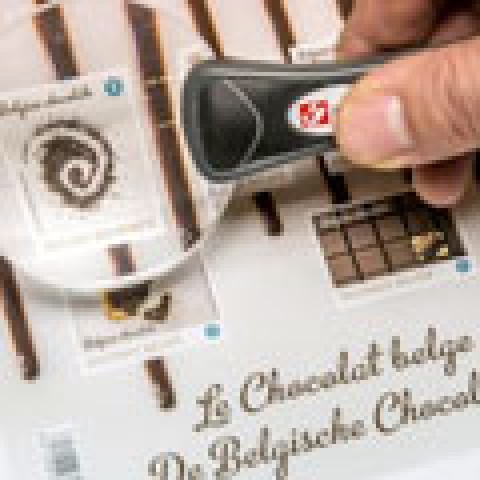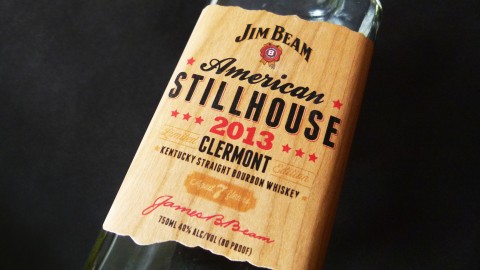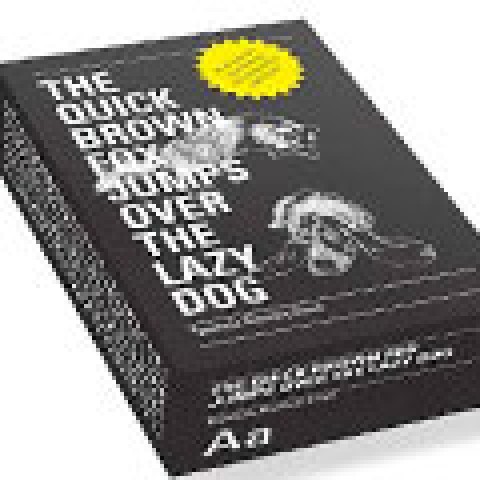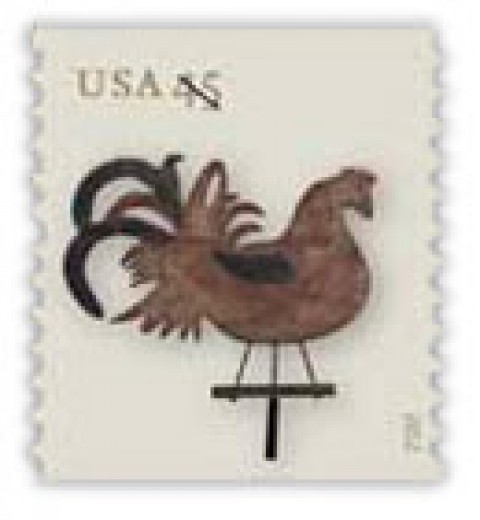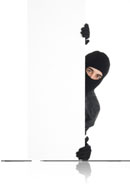
It was a surprising business card. Not only was it very thick (a trend I’ve seen emerging for a while now), but the top layer also included 10 different papers. Let me explain.
When Neenah Paper re-launched their Classic brand papers, Design Army created stunning business cards for the event that included all of the Classic “10 perfect colors.”
Nope, they didn’t just print the colors. Please, we’re talking perfectionism here. 😉
On a backing of 80 lb. Cover Classic Crest Epic Black, Fey Printing mounted each of the 10 colors strip by strip and then printed the contact information on top.
Having seen my fair share of double thick, mounted business cards, I was stunned by the sturdiness of the card and even more so by the strength of the bond. I really tried to pry those strips loose, but …
My curiosity awakened, I went straight to the source. Scott Gasch, president of Fey Printing, admitted that they did quite a bit of testing to get it just right.
You Say Potato
Laminating and mounting – these two words are often used interchangeably. But many printers prefer to use the term “duplex lamination” or “duplexing” so clients do not confuse this process with the plastic protective coating that office supply stores offer.
No matter what you call it, this thick to super-thick paper effect is achieved by fusing one or more layers of paper together to the desired thickness and quality.
Hot Melt Glue or White Glue
How you adhere these layers together at the finishing level comes down to two choices: white glue or hot melt glue.
Commonly called white glue, polyvinyl resin glue is a close relative of that white stuff we used in grade school. Being a member of the solvent-based adhesive family, as the solvent evaporates, the adhesive hardens.
“We use white glues when we duplex laminate non-porous substrates like plastics or calendared stocks,” explains Gasch. “We use hot melts on the majority of the projects, depending on how porous the substrate is and the type of material being bonded together.”
Hot melt adhesive, also known as hot glue, is commonly supplied in solid form of various diameters, designed to be melted in a hot electric environment – think of the glue gun concept.
Hot melt adhesives provide several advantages over solvent-based adhesives. Volatile organic compounds (VOCs) are reduced or eliminated, and the drying or curing step is eliminated. Hot melt adhesives have a long shelf life and usually can be disposed of without special precautions.
“Even within the hot melt adhesive varieties, it requires a bit of testing and trial and error,” elaborates Gasch, “but it’s important to find the correct adhesive otherwise the sheets will eventually delaminate. Factors to consider include the weight of the sheets, the finish of the sheets, and the size of the area to be duplexed. For Neenah’s striped business cards, we actually fabricated a custom unit to aid in duplex laminating the strips to a backer sheet. It helps having experienced woodworkers and cabinet makers as part of the Fey team.”
How’d they do that?
Ten colors of Classic Crest 80 lb. Cover were trimmed to 3/8” x 12” narrow strips, then lined up on a board with holes in the bottom where a vacuum suction kept them in place. Then a 9 x 12 sheet of Epic Black 80 lb. Cover with glue applied to the bottom was set on top of the strips adhering the front and back together. The now double thick 9 x 12 sheets were offset printed on both sides and then trimmed to the final business card size.
Laminating against the grain
But the right type of glue and the finesse in mounting the strips to the backing doesn’t completely explain the super bond on these cards. This is where grain direction comes into play.
“If the grain of the top sheet and the bottom sheet run in the same direction, the piece will inevitably curl,” warns Gasch. “By running the grain of the top sheet in one direction and the grain of the bottom sheet in the opposite direction, they fight each other and help the finished piece to lay flat.”
So, follow the new trend to super-thick business cards and ask your printer to duplex laminate your card or other marketing materials. With the right glue and opposite grain direction, your cards will also make a sturdy impression and have the infamous sticking power as well.
[youtube=https://www.youtube.com/watch?v= pjXvxsXJnKs ]
———-
Seeing designers worldwide struggle to stay current with new papers and paper trends inspired Sabine Lenz to create PaperSpecs, an independent and comprehensive Web-based paper selection tool and weekly e-newsletter. Growing up in Germany, she started her design career in Frankfurt, before moving on to Australia and the United States. Lenz worked on design projects ranging from corporate identities to major road shows and product launches. From start-ups to Fortune 500 companies, her list of clients included Oracle, Sun Microsystems, Deutsche Bank, IBM and KPMG. Lenz is a noted speaker and author on paper issues and educational topics related to the paper industry.
Copyright 2012 PaperSpecs.com.


